Remember when the discovery of gravitational waves was first officially announced back in 2016 and we were all like, “wow that’s wild, I wonder if we’ll see more?” Well since then, we have spotted a handful more, but recently our cup runneth over.
The latest news from the gravitational wave detectors LIGO and Virgo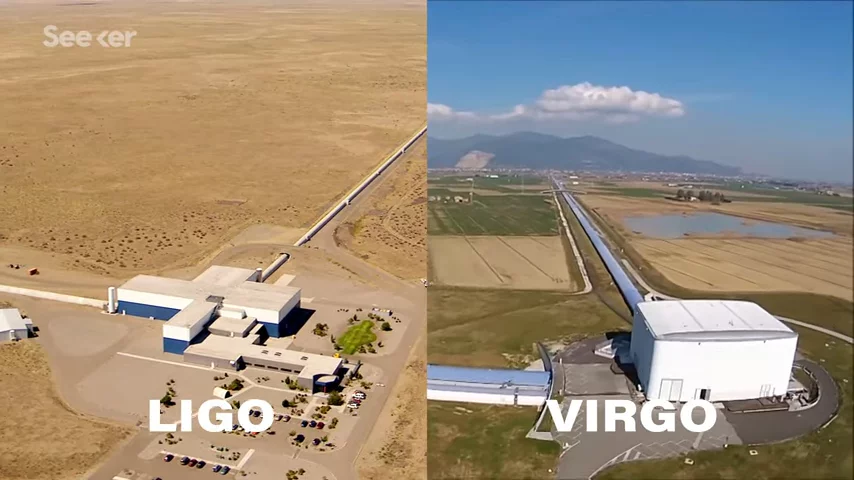 confirms that the trio of instruments spotted another 39 gravitational wave signals in just the first half of their third observing run, and some of those signals are giving us new insights into black holes.
confirms that the trio of instruments spotted another 39 gravitational wave signals in just the first half of their third observing run, and some of those signals are giving us new insights into black holes.
Colliding neutron stars and colliding black holes produce some of the strongest gravitational waves. As they spin around each other the massive objects generate ripples in spacetime that spread across the universe at the speed of light.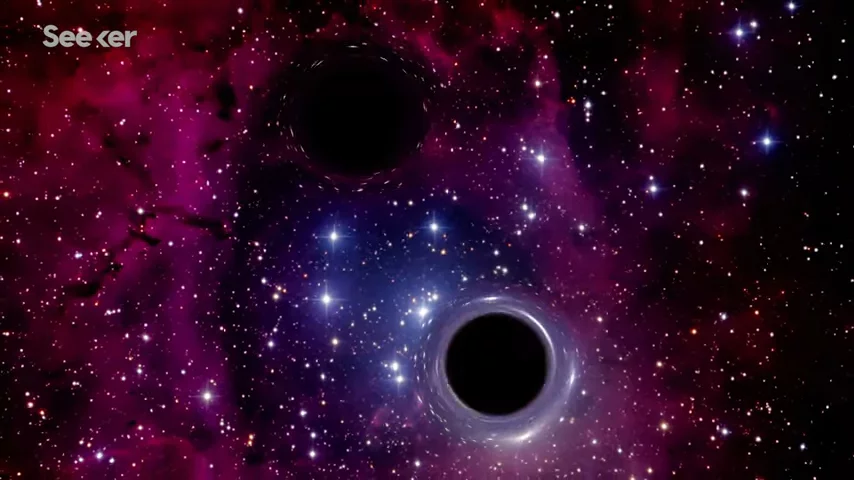 These ripples carry information about how they were made and offer insights into the nature of gravity itself, but they’re not easy to detect. Well, not from far away at least.
These ripples carry information about how they were made and offer insights into the nature of gravity itself, but they’re not easy to detect. Well, not from far away at least.
Near the merging black holes or neutron stars the waves can be very intense, but by the time they reach Earth they are thousands of billions of times smaller. The amount the waves cause space-time to wobble can be one thousand times smaller than the nucleus of an atom. That’s where interferometers like LIGO and Virgo come in.
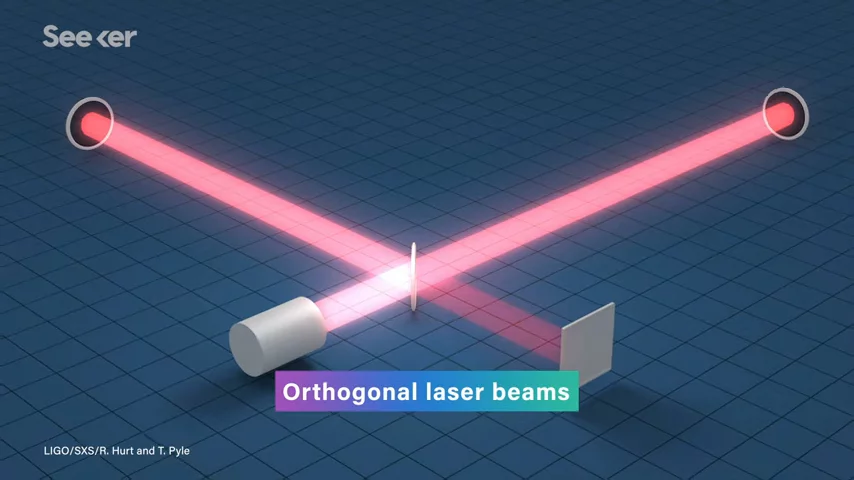 Using orthogonal laser beams that bounce off mirrors at the end of multi-kilometer long tunnels, the two detectors in the United States that make up LIGO and their collaborator Virgo in Italy, can pick up that extremely minute wibbly-wobbly of spacetime.
Using orthogonal laser beams that bounce off mirrors at the end of multi-kilometer long tunnels, the two detectors in the United States that make up LIGO and their collaborator Virgo in Italy, can pick up that extremely minute wibbly-wobbly of spacetime.
During their first two observing runs, the observatories had tallied a total of 11 gravitational wave events. Not too shabby.
But before observing run number 3, the detectors underwent several improvements, like getting more powerful lasers and better mirrors. They even added “quantum squeezing devices,” which sound like a made up supervillain invention but I promise they’re real. They manipulate the quantum fluctuations in the vacuum in which the instruments operate. If left unsqueezed, these fluctuations can reduce the sensitivity of the detectors by changing the properties of individual photons and affecting their measured travel time.
With the upgrades complete, the third observing run began on April 1st, 2019 and the first half concluded October first that same year. Thanks to the buffed detectors and improved algorithms that analyzed the data, a whopping 39 more gravitational wave events were identified, bringing the total to 50.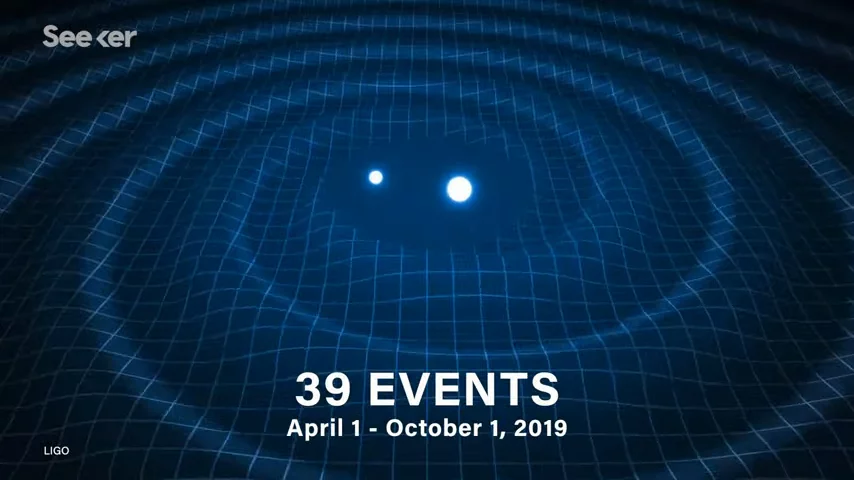
Thanks to the large number of detected signals, we’re getting some new insights into black holes and neutron stars. We’ve learned that large black holes can spin rapidly, which eliminates some theories on how they could form. The 39 signals include the second-ever observation of two merging neutron stars, which not only send out gravitational waves when they collide but also light that can be detected by telescopes.
Another signal is the first ever candidate for a merger of a neutron star and a black hole. 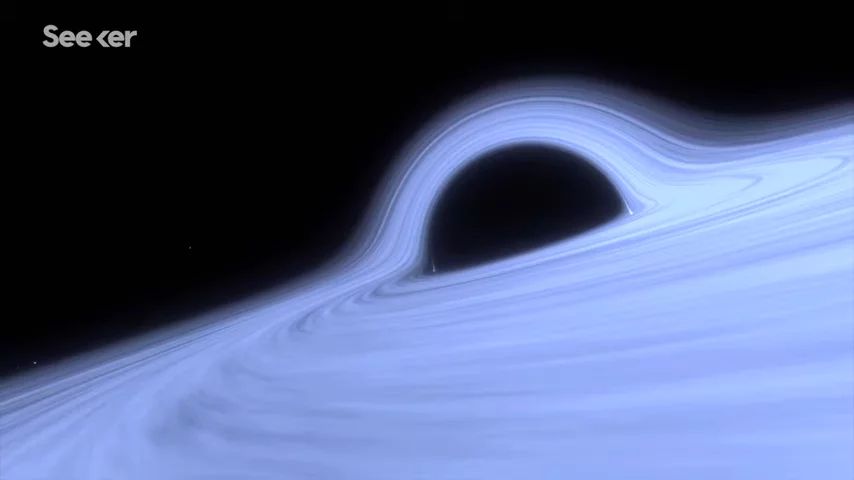 One particular black hole collision offers an exciting glimpse at a kind of black hole that seemed to be missing from the universe. On May 21, 2019, LIGO and Virgo detected gravitational waves generated by two huge black holes, one at around 66 solar masses and the other at a gigantic 85 solar masses.
One particular black hole collision offers an exciting glimpse at a kind of black hole that seemed to be missing from the universe. On May 21, 2019, LIGO and Virgo detected gravitational waves generated by two huge black holes, one at around 66 solar masses and the other at a gigantic 85 solar masses.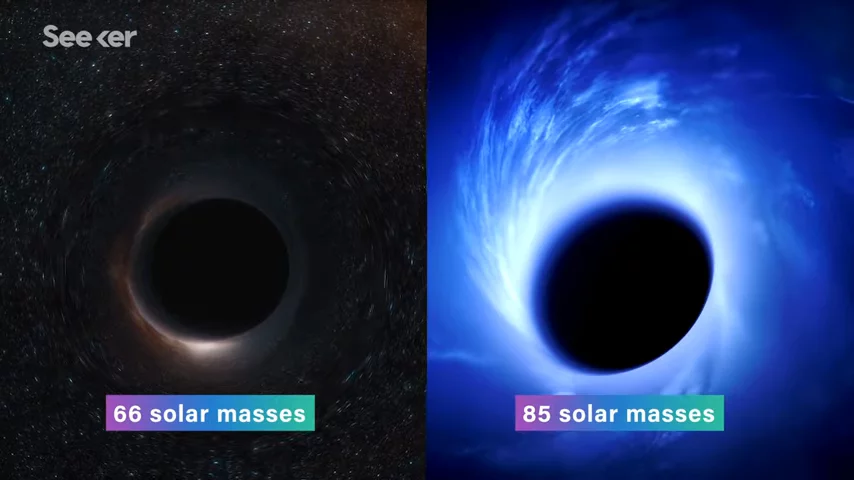 They combined to form a black hole with a mass around 142 times that of our Sun, making it the first ever directly observed intermediate black hole. It exists in the size range between stellar mass black holes that form when stars collapse and the supermassive black holes found at the center of galaxies.
They combined to form a black hole with a mass around 142 times that of our Sun, making it the first ever directly observed intermediate black hole. It exists in the size range between stellar mass black holes that form when stars collapse and the supermassive black holes found at the center of galaxies.
Even the existence of the 85 solar mass black hole is interesting, because scientists think there should be a gap in the spectrum of black holes between 65 and 120 solar masses. A phenomenon called pair-instability should prevent stars from collapsing and forming black holes in this range, so that 85 solar mass black hole could call our understanding of stellar evolution into question.
These 39 new gravitational wave events certainly give us a lot to ponder, but remember that’s just from the first half of observing run 3. Unfortunately, the second half had to be cut a month short because of COVID-19, but with observing runs 4 and 5 still planned for some time in the near future, and the inclusion of data from detectors in Japan and India, expect to see a lot more interesting discoveries from the laser interferometers of the world.
If you’re a math geek you may have noticed the masses of those two huge merging black holes added up to more than the final result. Scientists estimate about 8 solar masses were radiated away as energy in the form of gravitational waves during the merger.
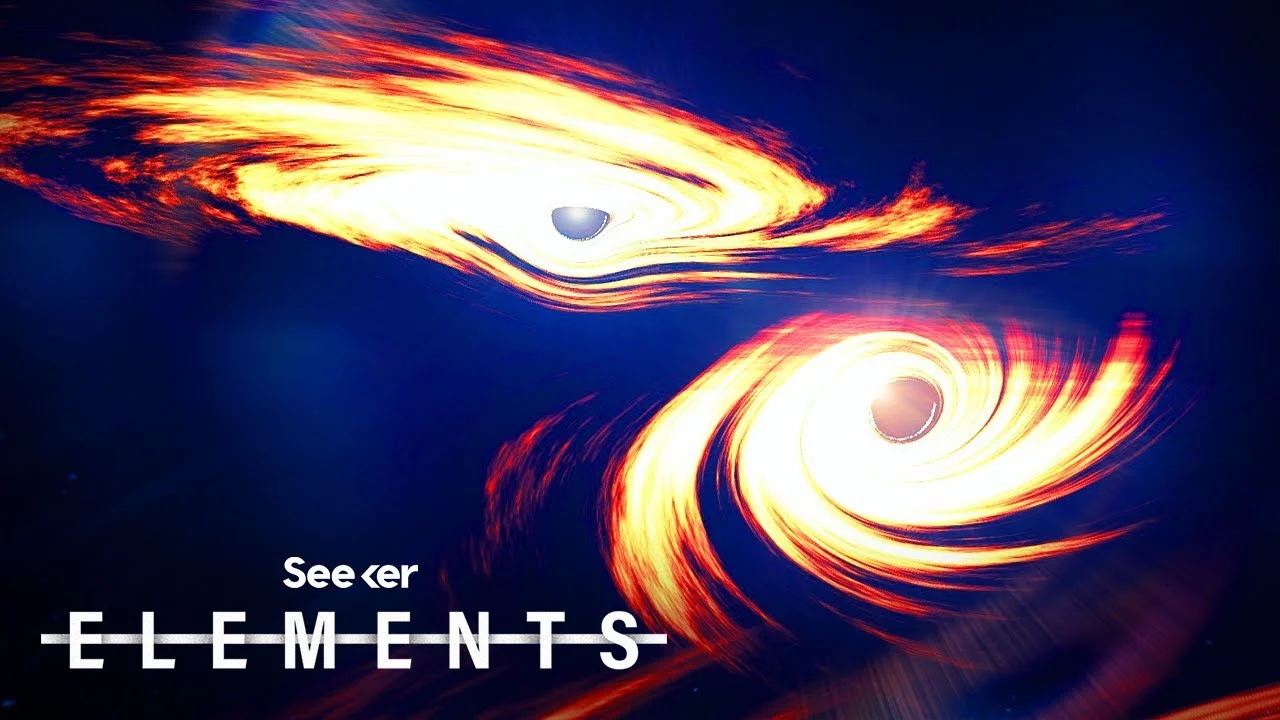

No comments yet